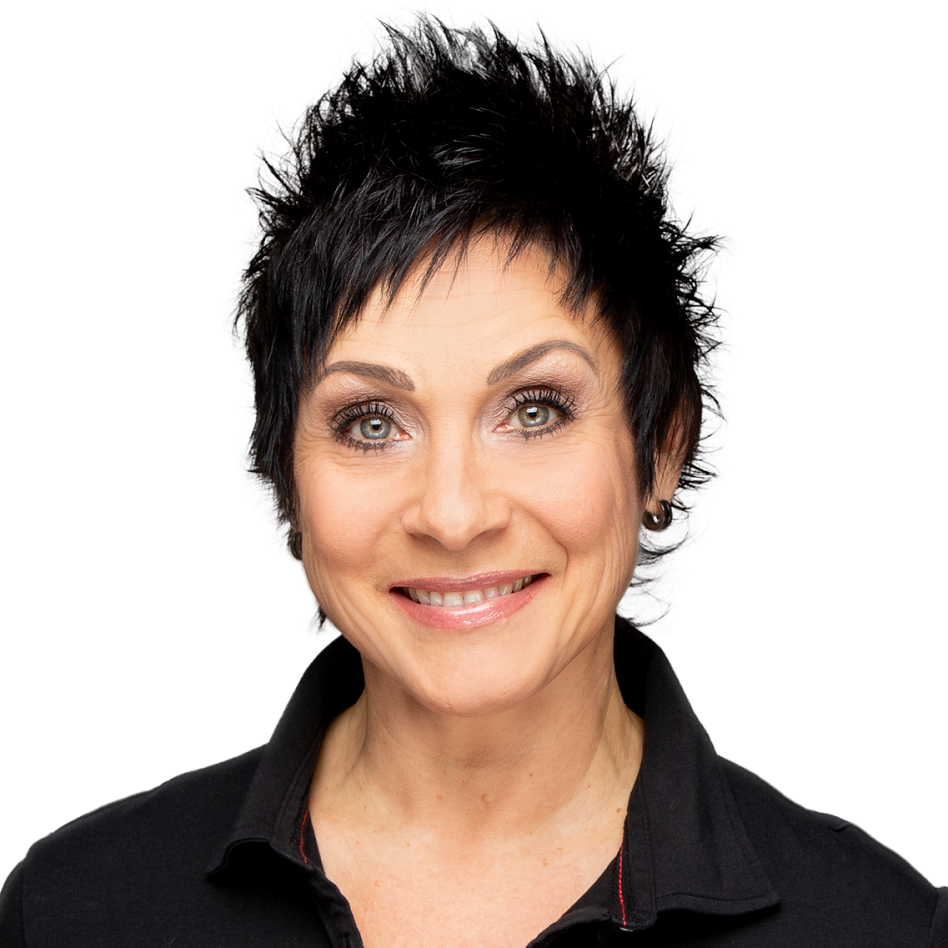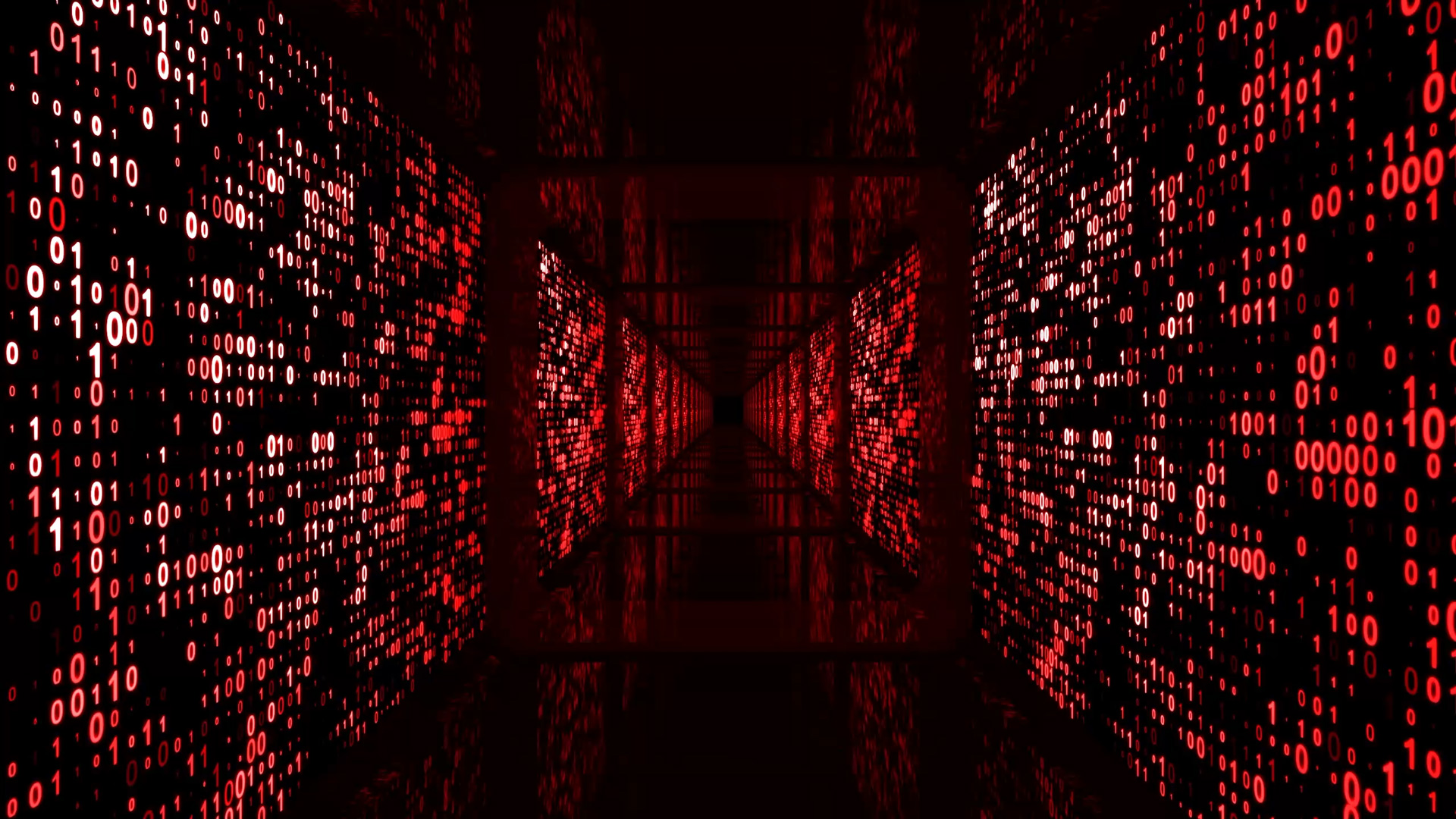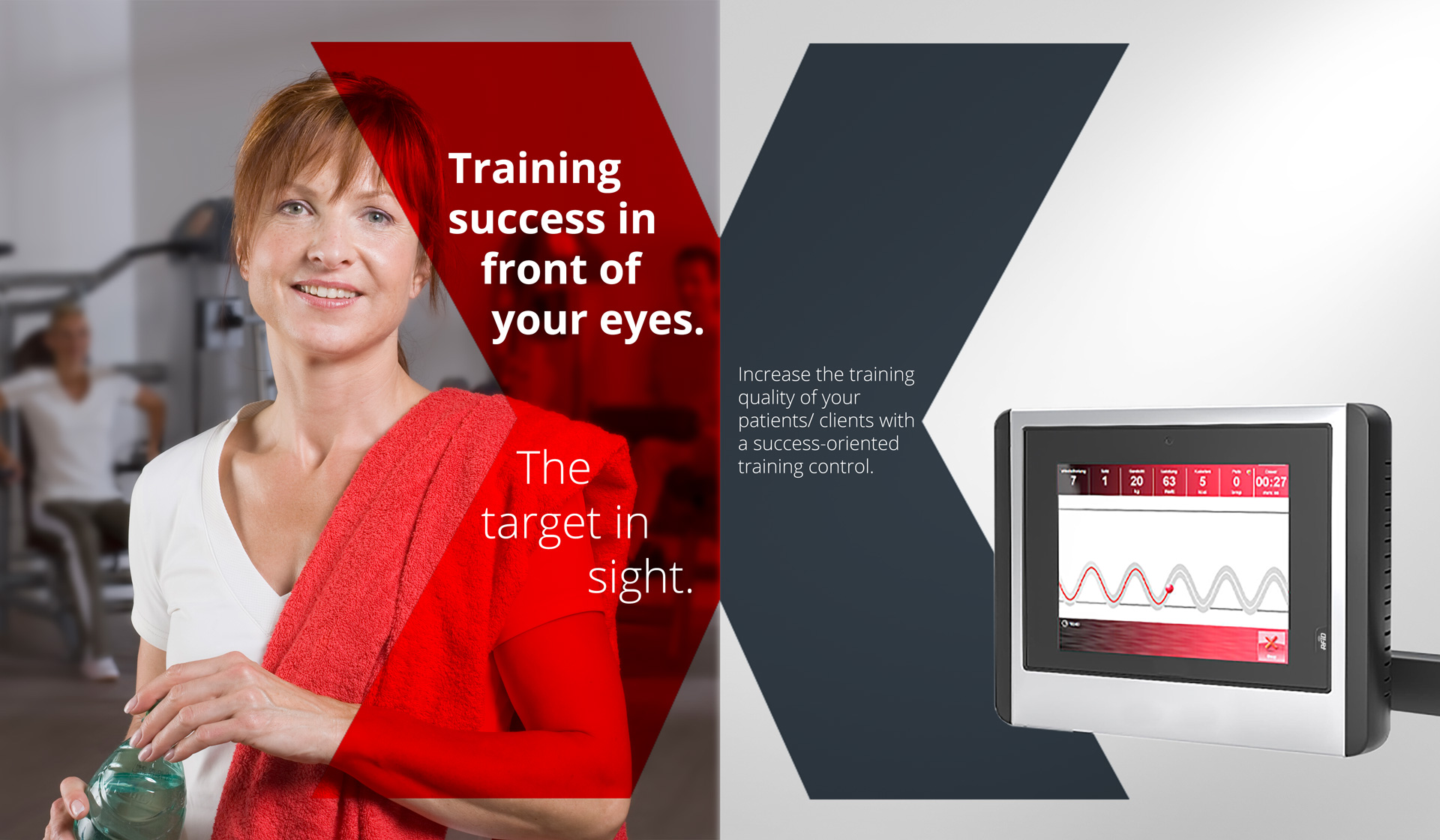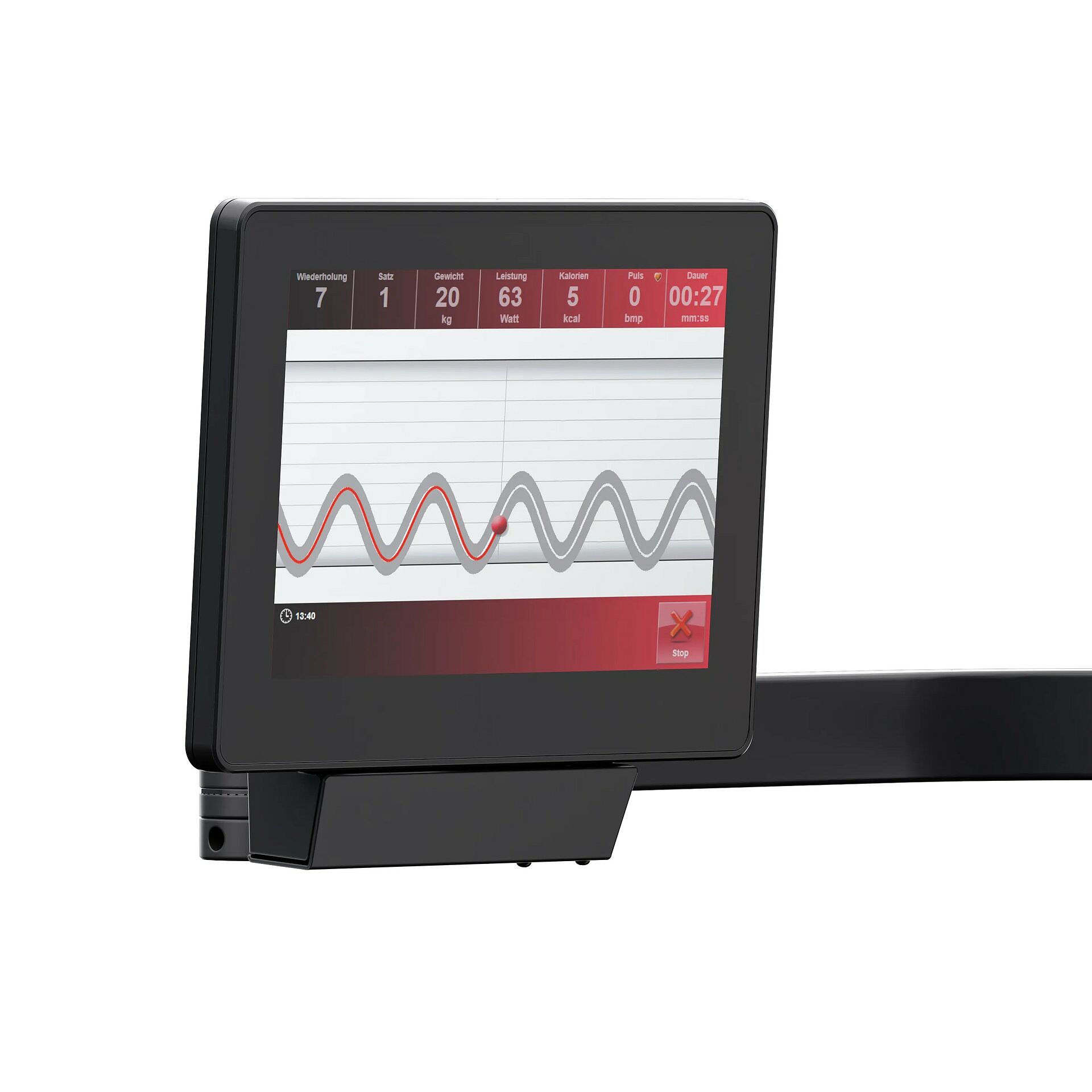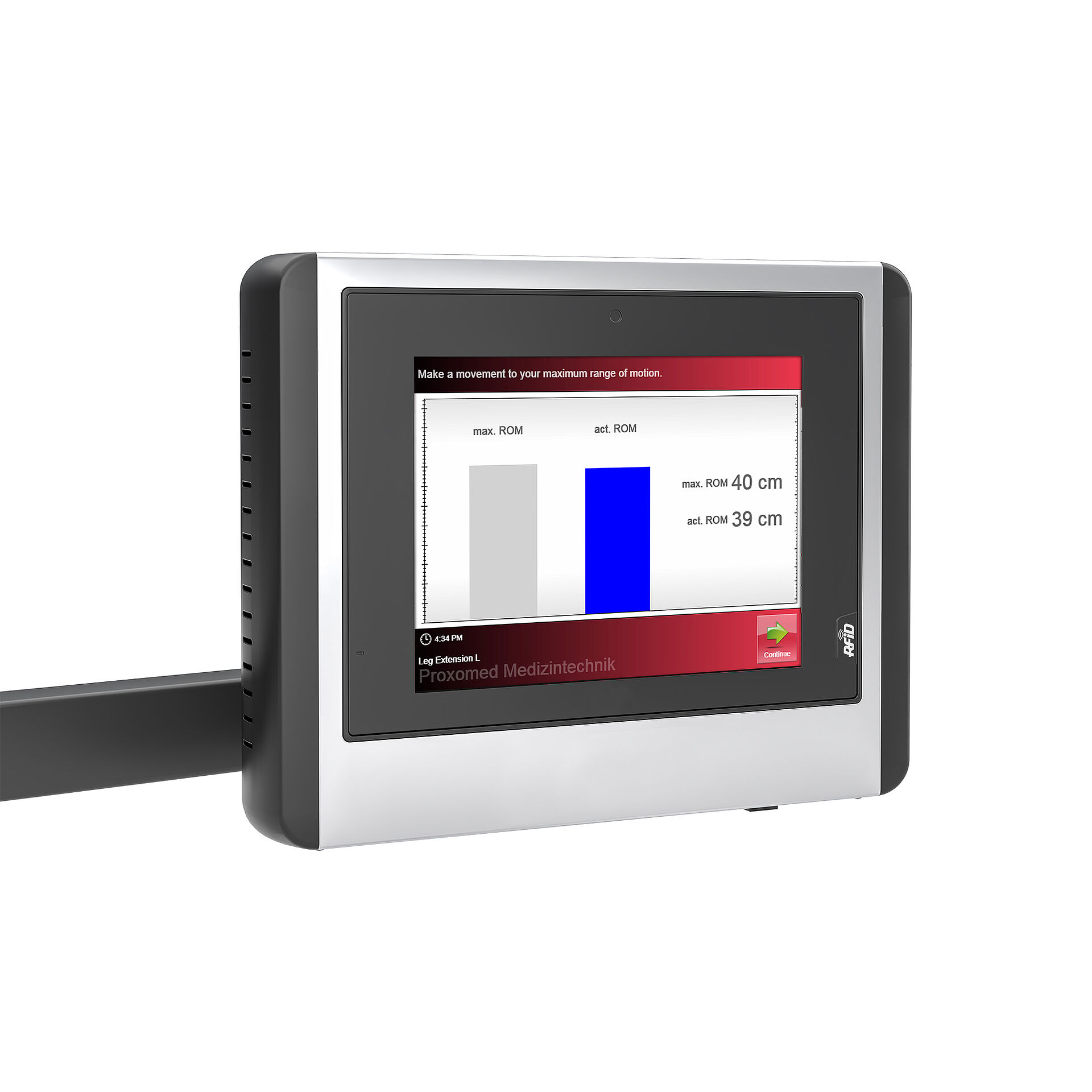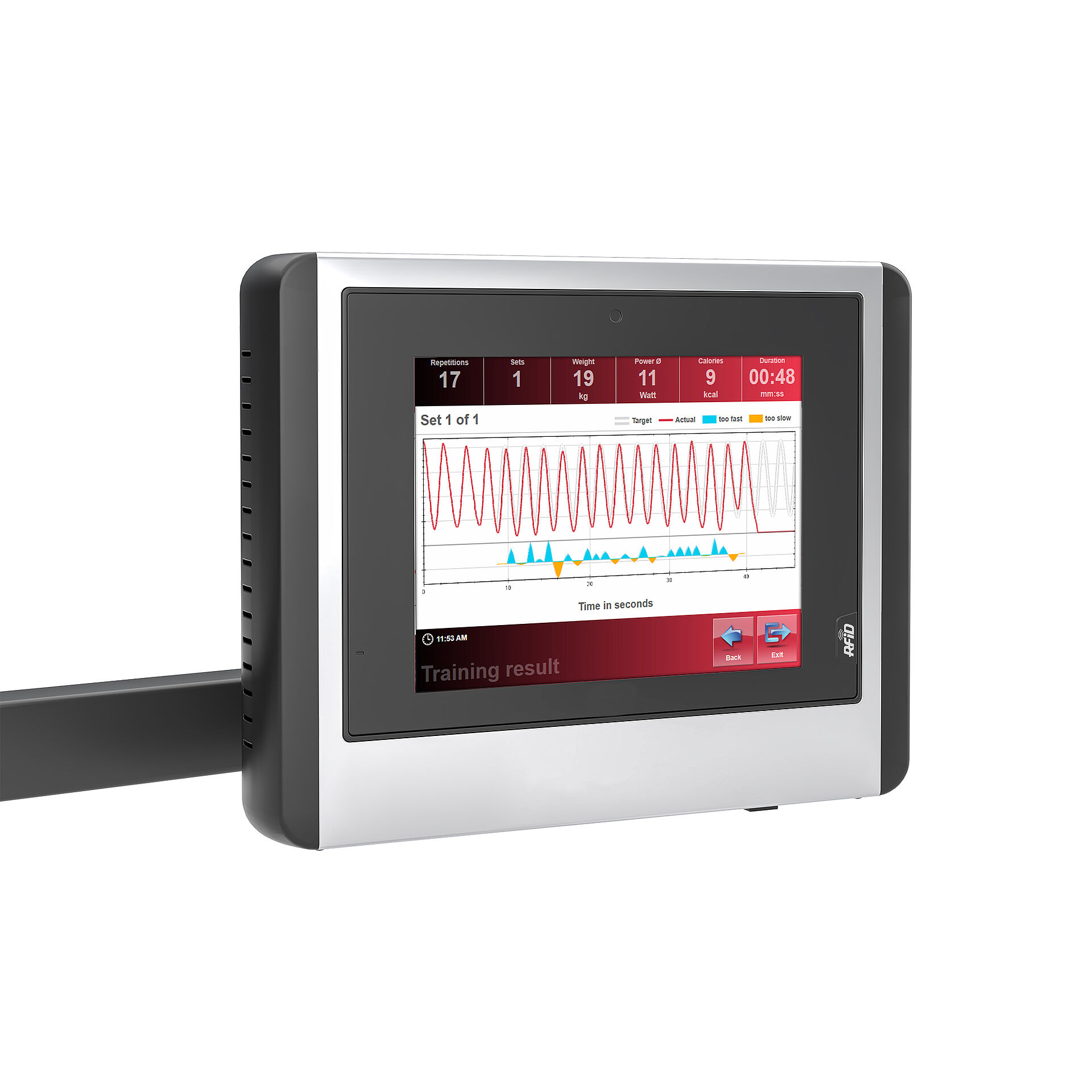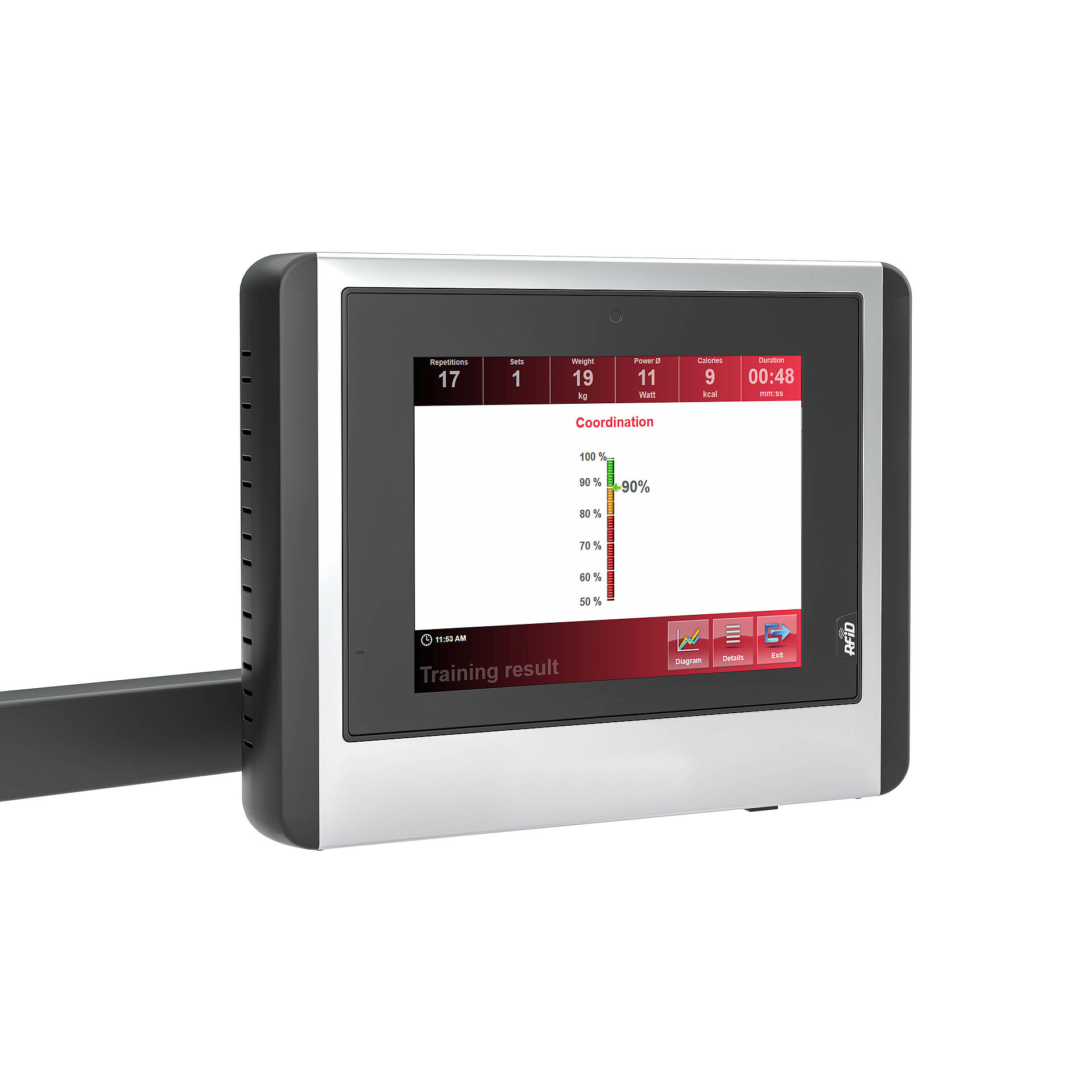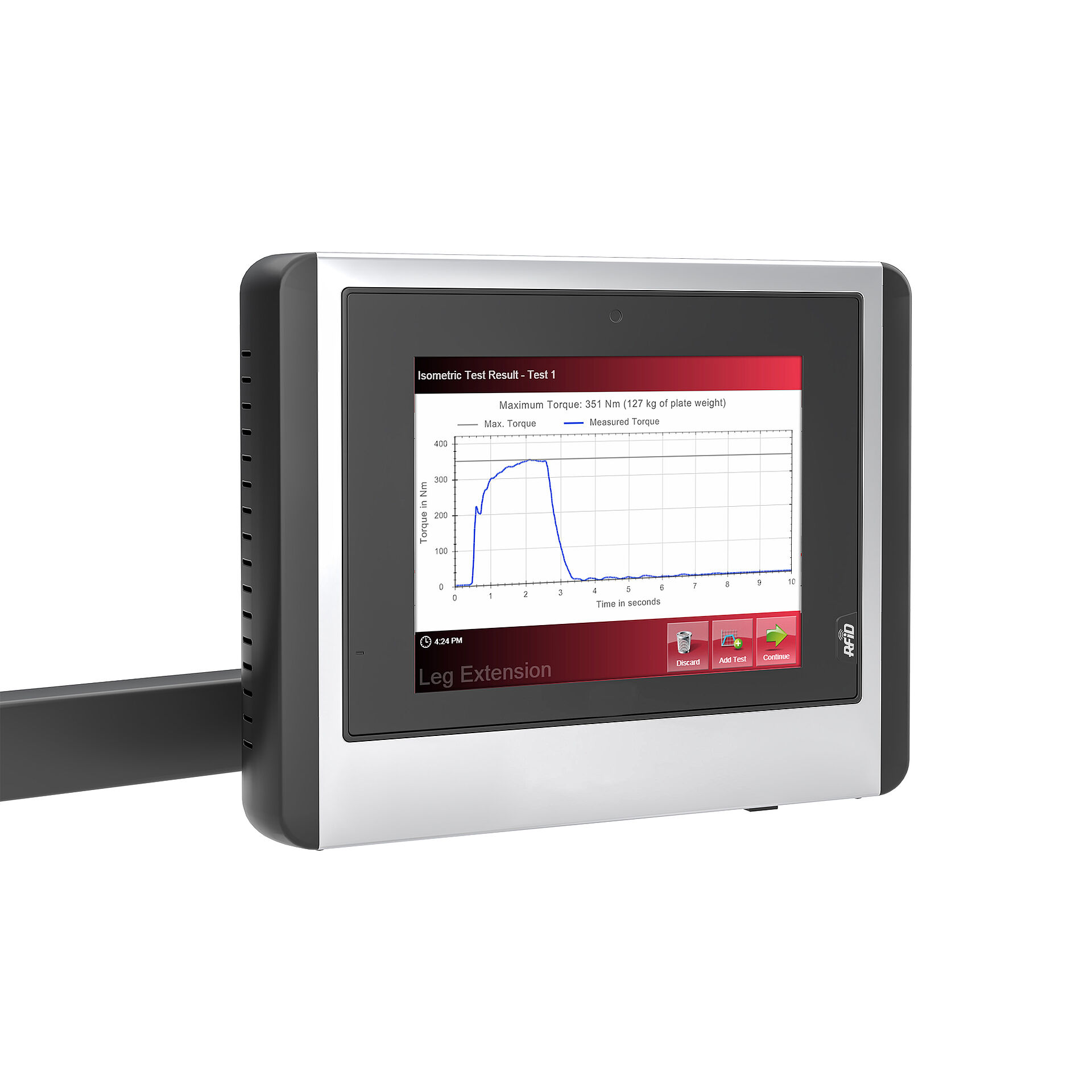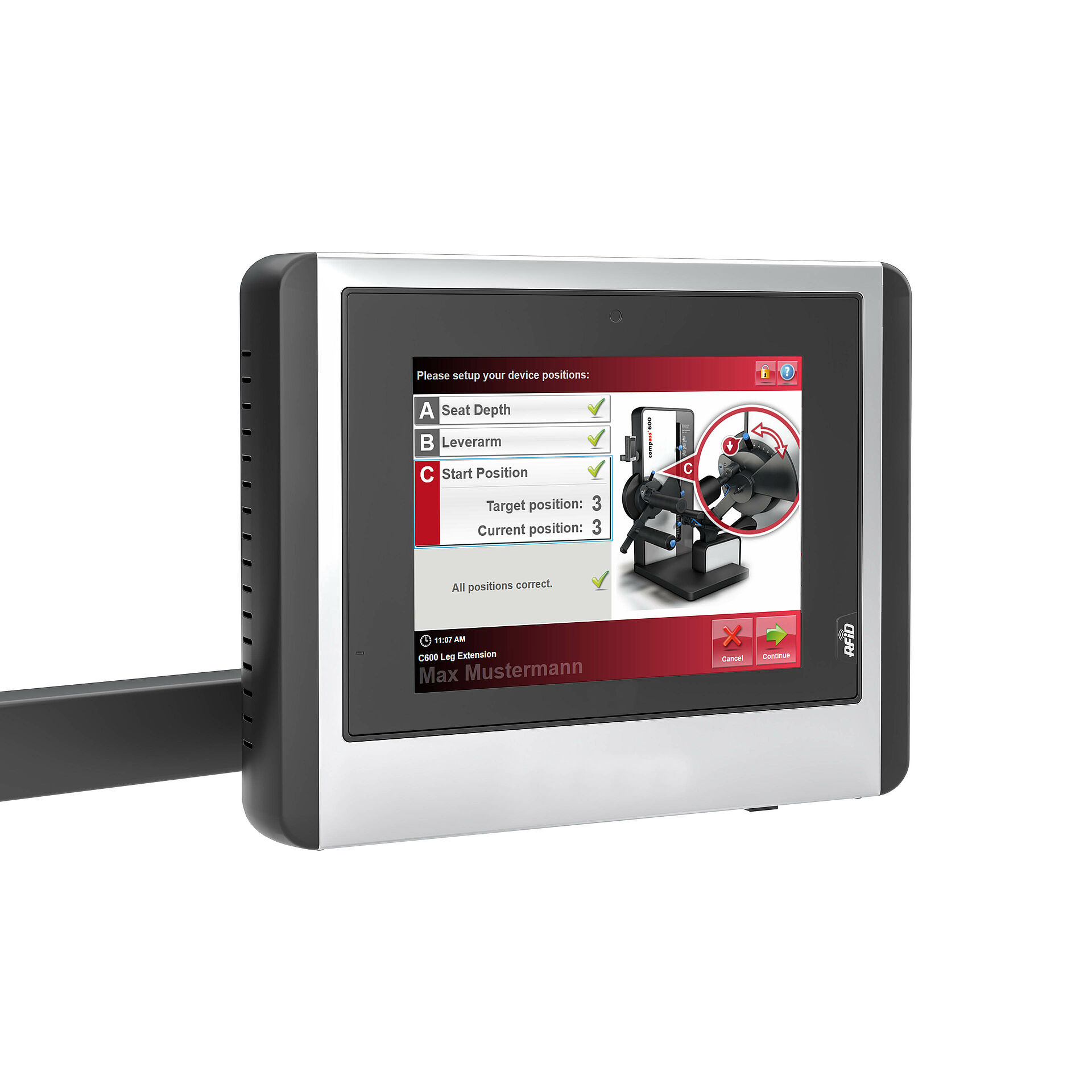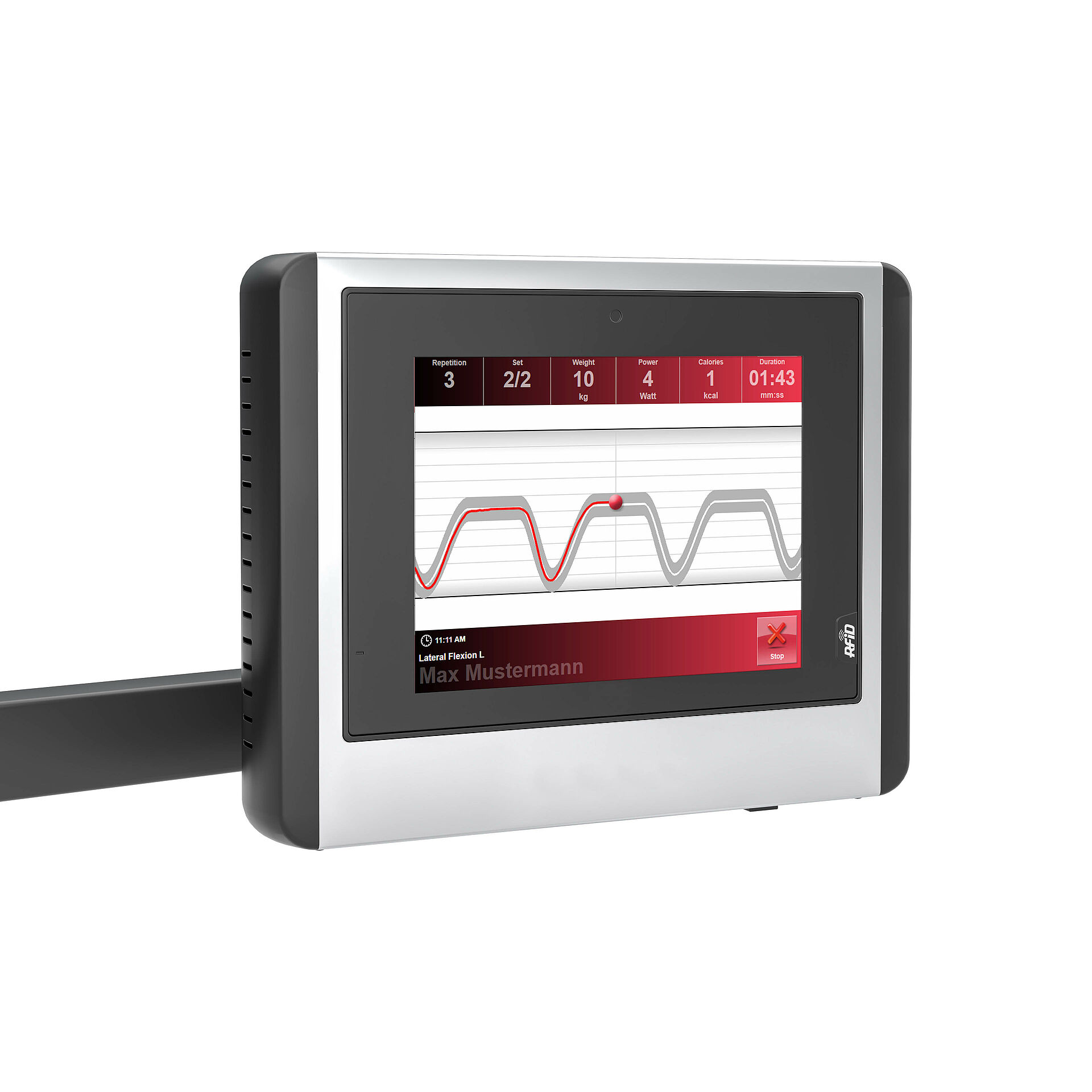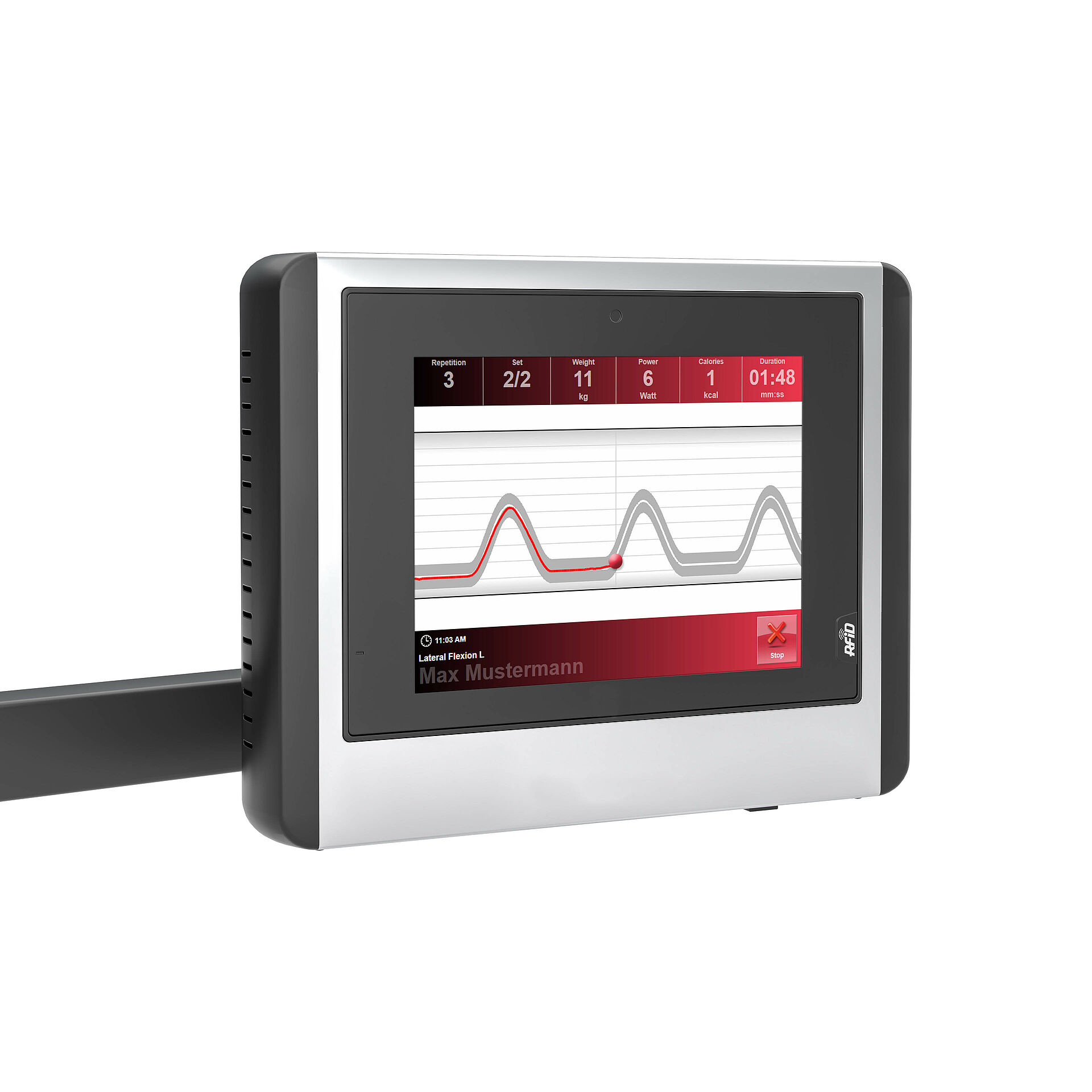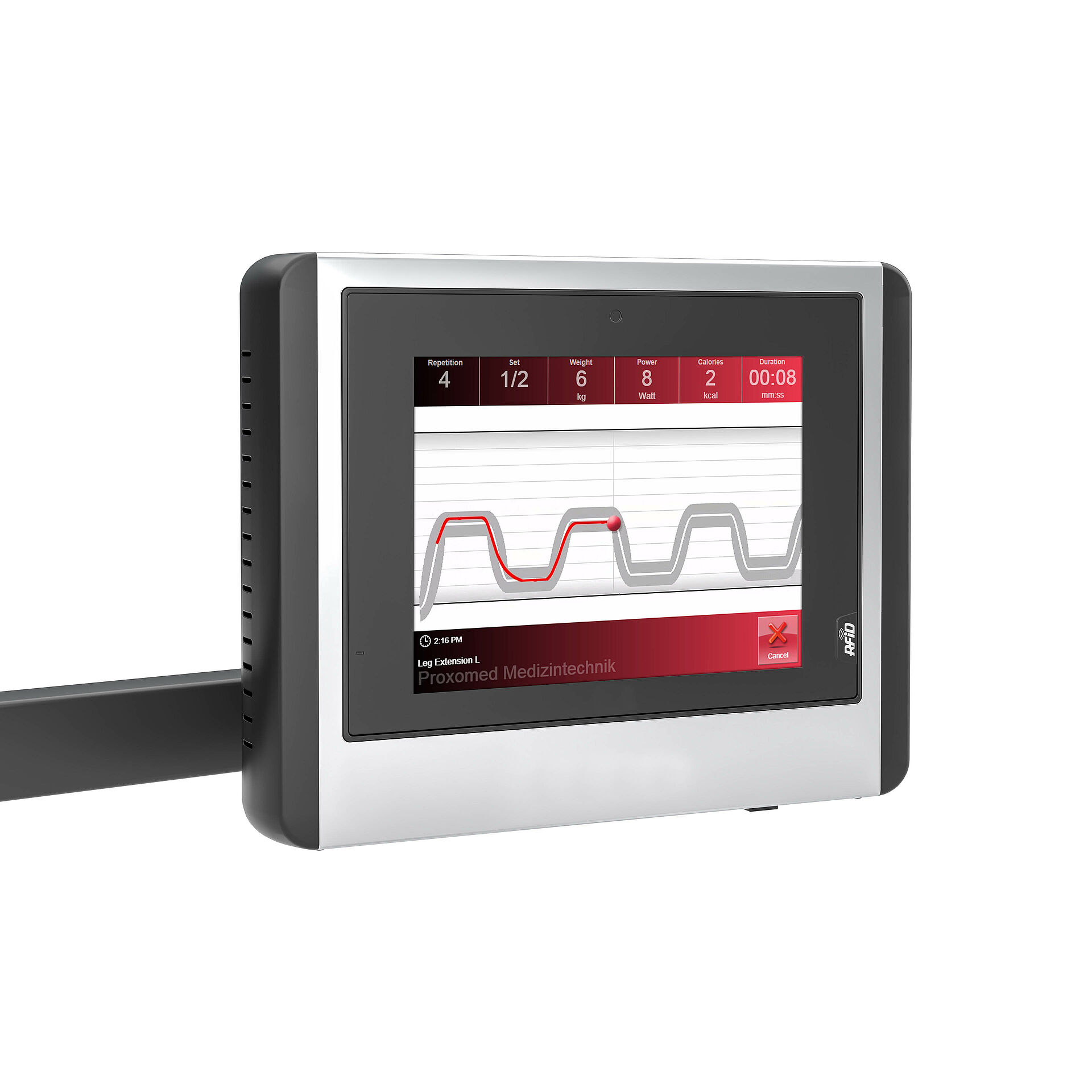The training success in front of your eyes - the goal in sight
In this medical product, the smart assist system, we offer a logical concept for successful training control and monitoring, the result of over 30 years of medical expertise in the public and private healthcare markets. It is thus able to increase the success patients/customers achieve in training by improving the quality of that training.
Touchscreen
The smart assist has a high-resolution, 8" colour touchscreen. Its intuitive touch-based operation makes it easier to use for people not used to using computers. The size of the icons used has been scientifically verified and proven to offer valuable support for older people when training.
Patients/customers can log in contactlessly using RFID. The reproducible device positioning function is easy to initiate and set using the optional positioning sensors, meaning training starts safely and rapidly.
The special thing about the smart assist system is its versatility of uses. No matter what the PC and planning software, quickstart and power training are with visual feedback and the quality display of the exercise performance possible.
From test to training
Using various test processes, the initial condition of the person doing the training is determined. Strength tests and software-controlled visual feedback training can be carried out on as many devices as desired using smart assist in connection with the patented ultrasound measuring sensors and proxoforce training planning software.
Submaximal test
According to the repetition method, on the basis of scientific findings in the literature, adjusted to all compass sequence training devices, supplemented by an objective evaluation of the coordinative quality of test execution and subjective evaluation of the level of exertion by the patient/customer using a modified RPE scale.
The individual test results are transferred to the proxoforce test and training planning software via the therapist work station (TAP). This allows rapid, uncomplicated, individual and effective training planning for your patient/customer.
On the basis of these results, an individual training plan can be created taking account of personal deficits and the patient’s/customer’s own personal goals.
Visual feedback system
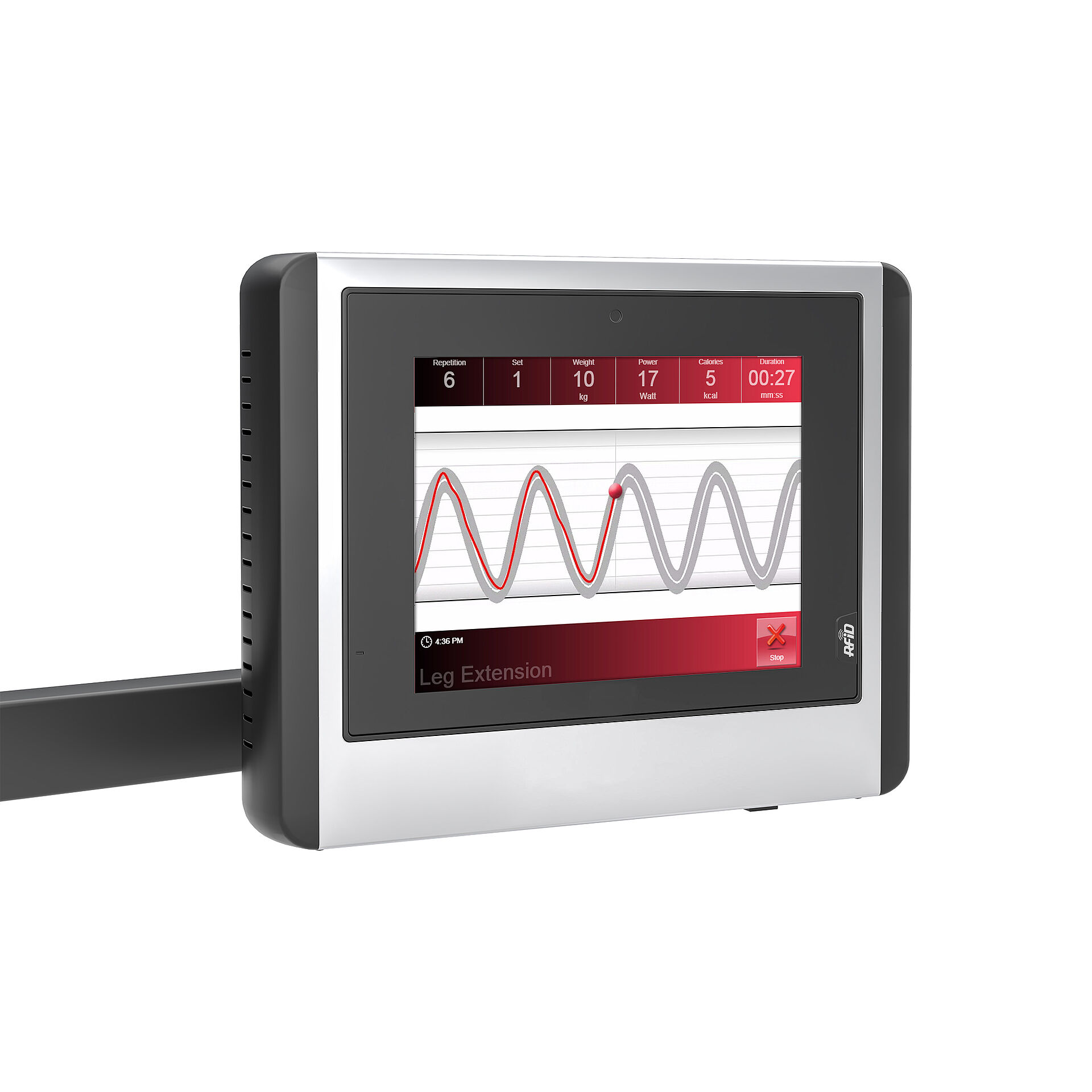
A central component of smart assist is the innovative feedback system, visualising an individual or defined motion in the form of a sinus curve. By determining the range and speed of motion, the concentric/eccentric muscle tension is consciously controlled, leading at low loads to a higher muscular exertion and offering the patient/customer the highest level of self-control and training safety. Of particular note is the option to personalise the specified curves in the concentric, eccentric and isometric mobile and stationary phases. Through three even repetitions within the black/transparent functional area, the individual motion curve is shown as a white line (set curve). The real execution is shown as a red line (actual curve). The tolerance area is the black/transparent curve outline. In comparison to training with “classical” weights devices, the neuromuscular exertion is increased, meaning a not insignificant coordinative effect is achieved.
Training quality
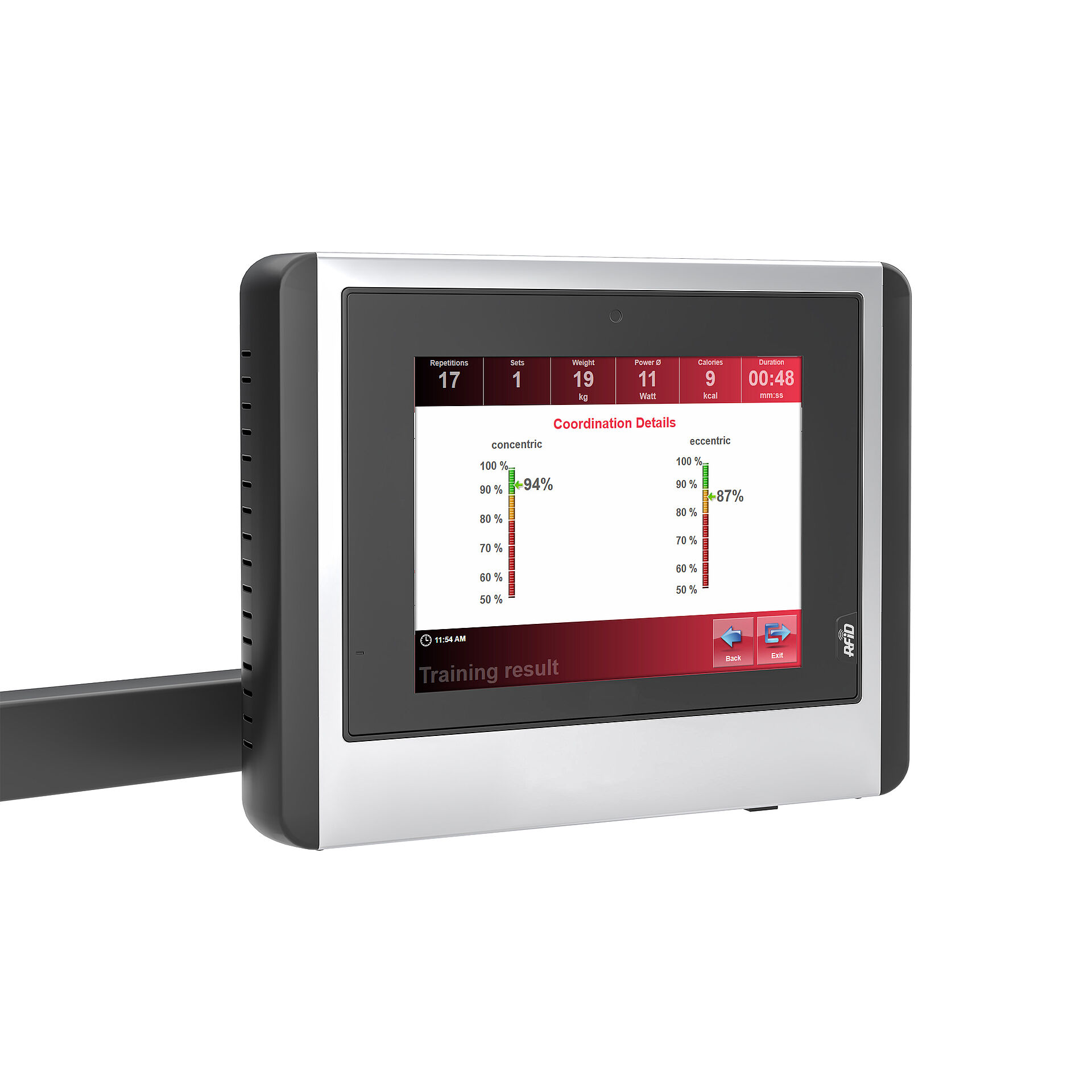
The extent of training success is determined in terms of quantity and quality. The smart assist fulfils these demands to the highest level. The training performance can be represented in clear graphical representations. In the detailed views, the speed and deviation of concentric/eccentric motions from the specified motion can be seen.
Secure documentation through automatic weight detection
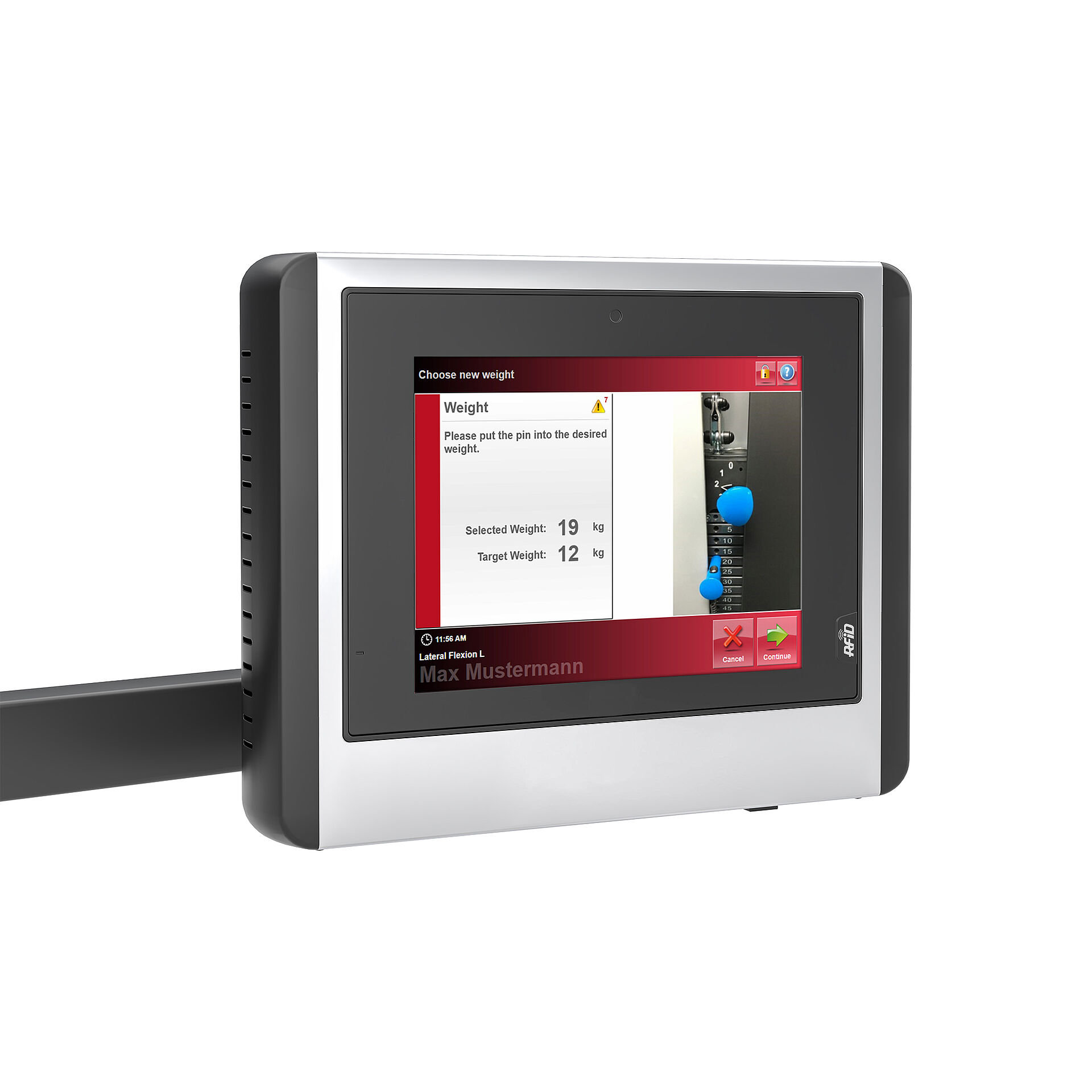
For secure and exact documentation of the training, it is essential that the training weight of the system used is detected and checked by the system. The smart assist receives the measured values from a patented ultrasound measuring sensor system. Both the main weights and optional additional weights are shown numerically. In this way, the actual training performance can be reliably documented and the patient/customer systematically guided towards success.
Intelligent control of training intensity through RPE scale
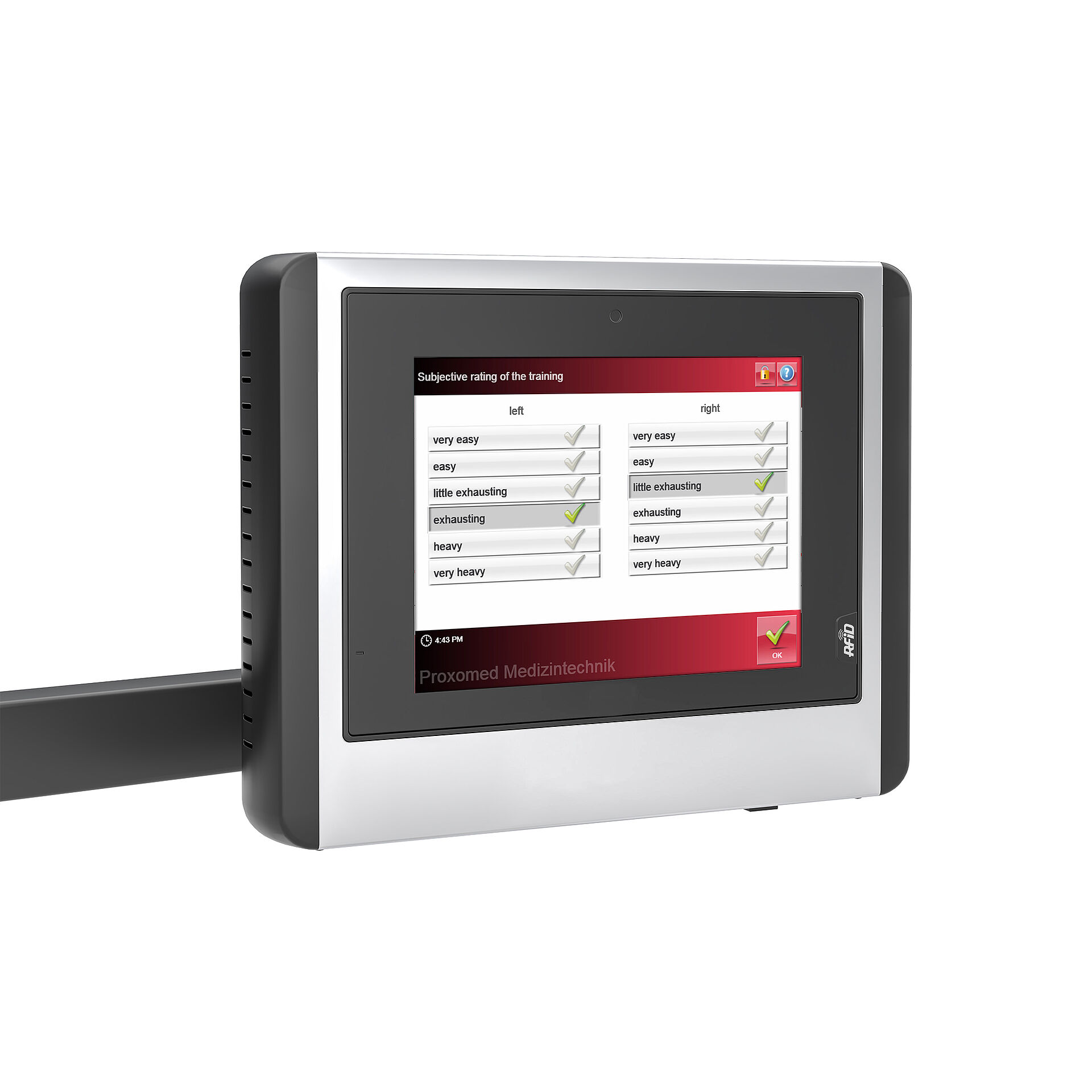
In power training and circuit training, at the end of training on a particular device, the subjective experience of the effort required will be queried on a modified RPE scale (ratings of perceived exertion). The scale is known around the world and based on psychophysical and psychophysiological principles and studies. According to the subjective intensity evaluation by the person training, the weights can be automatically adjusted for the next session and pre-configured by the trainer/therapist. Individual progress in training is also considered in the training controls and the performance capability of the patient/customer systematically improved.
Position sensor system (optional)
The proxomed position sensor system enables quick and easy device settings on the proxomed compass 600 sequence training devices.
The device settings are displayed and automatically saved in the smart assist during the first test or training after correct patient positioning via infrared sensors.
During the next training session, these saved positions are displayed in the smart assist, if the device setting is correct, it is confirmed by a green tick and the training can begin with the next step.
- The speed of the dynamic movements can be selected from 0.5-6 seconds in 0.1 second increments. The duration of the isometric phases is selectable from 0.5-6 seconds in 0.5 second increments.
- The aim of using these load combinations is to achieve a high muscular workload with the lowest possible intensity/weight in order to spare affected structures.
- Isometry can be performed in the desired joint angle position.
